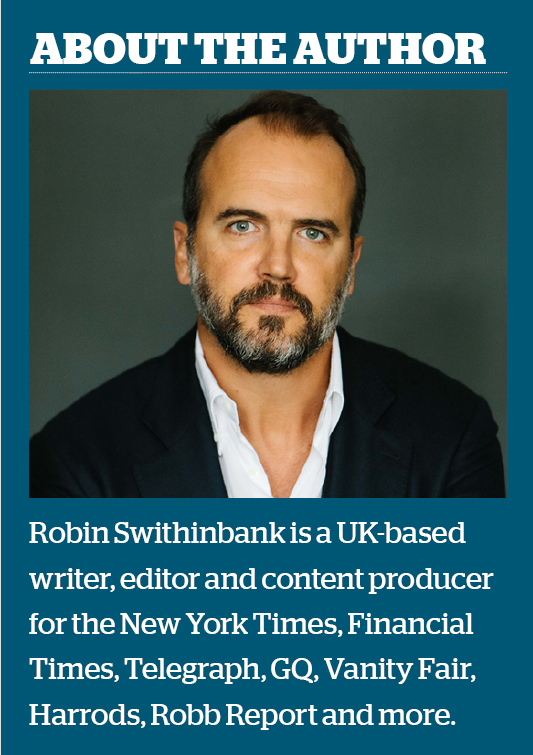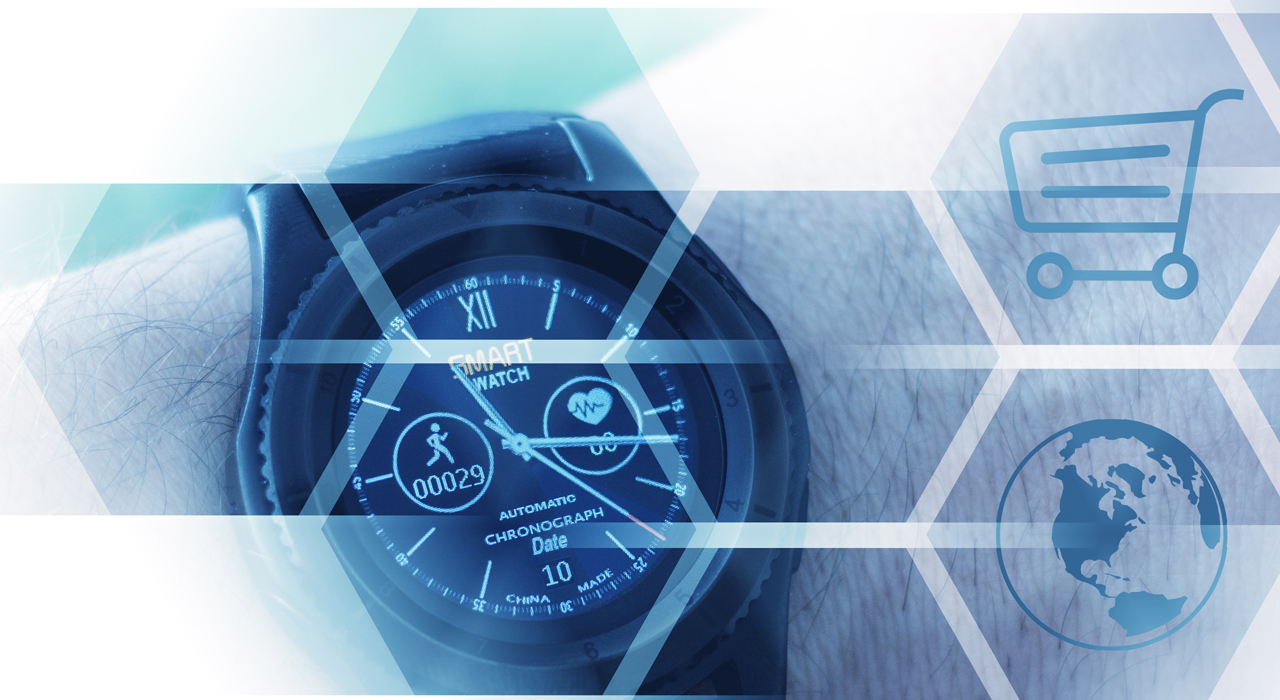If you want to know what the watch world will look like in 30 years’ time, Robin Swithinbank suggests that you dust off your Britpop CDs and read on.
One of the most frequent questions I’m asked as a watch person is how many watches I own. You might think – as clearly inquisitors do – that as someone who likes a watch, I’d know. But I don’t.
It’s not that I have too many to count. Instead, it’s that I’m not sure WHAT to count. The odds and sods I inherited from my grandfather 30 years ago? What about that Swatch I bought when I was 12? Do I include that?
I probably should. Not because they’re worth anything, at least, not in hard cash terms. The less sentimental would have chucked them years ago. But because like chart songs of the 1980s and 1990s and photographs of the full head of hair I once had, they are portkeys to a time in my life when everything I experienced felt incredibly important.
To give it a name, this slightly sickly value measure is linked to what psychologists often call the reminiscence bump.
This is the period of our lives between around 10 and 30 years old during which much of our self-identity is formed, and when what happened to us felt – and still feels – of utmost importance.
Reminiscence bumps of the future will be shaped not by Swatches and such, but by smartwatches.
Music is a particularly formidable trigger of this feeling, which would explain why my recent encounter with Kylie Minogue – did I mention I met Kylie? – stirred such excitement, the pint-sized pop princess being a highly influential character in my adolescent experience.
And I wonder whether watches are, too. Clearly, they are for me and will be for many of you, but I find myself asking if the same will be true for my children and their peers.
What will shape their reminiscence bumps, reviewed in 30 years’ time?
My daughter, a tween, has little interest in watches of any denomination, and future portals to her adolescence will likely be in music, TV, fashion and beauty.
Which is normal.
My teenage son, by contrast, is far more concerned for what’s on his wrist. Having inherited one of my not-so-old Swatches and lobbied successfully to pilfer an old Apple Watch from me (‘for my workouts, Dad’), he recently invested his own money in a Tissot PRX, which, he assures me, is ‘cold’.
And he’s right, it is. But, and without wanting to accord myself undue hero status, I can’t ignore the fact I might have swayed his opinion.
Tissot sent me one on loan shortly after it was launched and I waxed about it at home, lecturing my children on the merits of 1970s stainless-steel sports watch design over fish fingers and chips.
Appears he may have been listening.
Such a domestic picture won’t be, I suppose, typical up and down the land.
The number of us wearing traditional watches is not exactly on the up, and I can’t imagine many devote supper-talk to the subject either, not while most defer the role of timekeeper to a phone – or smartwatch.
And this brings me to the heart of my point, which is that the reminiscence bumps of the future will be shaped not by Swatches and such, but by smartwatches.
And that could spell danger.
Because if buyers of the future don’t associate traditionally styled watches with the most important season of their lives, they’ll stop wanting them.
Think about it. We all know the smartwatch tidal wave has hit land. According to Fortune Business Insights, the global smartwatch market last year had a value of almost $26 billion, making it larger than the entire Swiss watch industry, and that’s before you think about volumes.
It’s forecast to outgrow it at pace, too, reaching $77 billion by 2030.
Is it possible that a smartwatch could hold the same power over people in 30 years’ time as my Swatch does over me today?
Instinct might tell us not: smartwatches are ugly and obsolescence will devalue them.
But instinct is wrong.
Because it’s not the quality of the product that determines whether it’s included in a reminiscence bump, but the time of life when it was used, worn and loved.
As things stand, smartwatches are winning the battle for hearts and minds.
Sales of low-value and mid-market analogue watches are enduring a well-documented collapse in popularity.
MoonSwatch may have given the category a boost, and Swatch Group’s rescue mission could yet become a fillip for the industry and not just one brand.
But I doubt it.
No, if the industry is to recover at this level and to shape the future reminiscences of today’s young consumers, it needs rapid restructuring and significant investment. The current model clearly isn’t working.
What to do instead?
The accessible model carved out by Hans ‘Rolex’ Wilsdorf’s Tudor in the 1940s has never been replicated by others, despite its success.
Why not a sister brand at a much lower price point for IWC, TAG Heuer or Breitling?
Or a third tier in the Rolex-Tudor empire?
Why not leverage the talents, resources and experience of these great brands to fire up a dying category – for the long-term good?
The answer is smartwatches, no matter how you look at it.
The irony is that the one group pushing that model is suffering as much as any from dwindling exports.
Swatch Group doesn’t break down its performance by brand, but independent accounts indicate that while Omega props the business up, its lower-end dial names are victims of the mid-market squeeze.
Some may say that’s evidence enough to abandon the category. But is it?
Isn’t this just a management issue?
Imagine what might happen if the group were to sacrifice a low-volume, resource-intensive brand or two in order to re-energize Hamilton, Certina and Mido.
Would the industry’s long-term health be better for another 100,000 Hamilton watches or a further 100 from Jaquet Droz?
A difficult decision to make, sure, but that’s what C-suite execs are for. Mothballing is an option: see Jean Richard.
Elitists will argue the decline of the lower end of the market doesn’t matter.
 The premiumization of traditional watchmaking is driven by market forces, and today the bottom line looks good: Switzerland’s revenues are at an all-time high, hitting CHF24.8 billion last year and climbing in 2023.
The premiumization of traditional watchmaking is driven by market forces, and today the bottom line looks good: Switzerland’s revenues are at an all-time high, hitting CHF24.8 billion last year and climbing in 2023.
Where’s the problem?
It’s in the reminiscence bumps of tomorrow.
In a business almost entirely reliant on summoning consumers’ emotions, most charged by reminiscence, the future as we see it now will be shaped by memories of smartwatches and not their traditional counterparts.
And what will people buy to replicate that same feeling of importance…?
Don’t believe me?
Listen to the music of your teens and tell me it doesn’t have more power over you than the stuff they’re putting out now.
Do you feel it? And therein lies the lesson.

